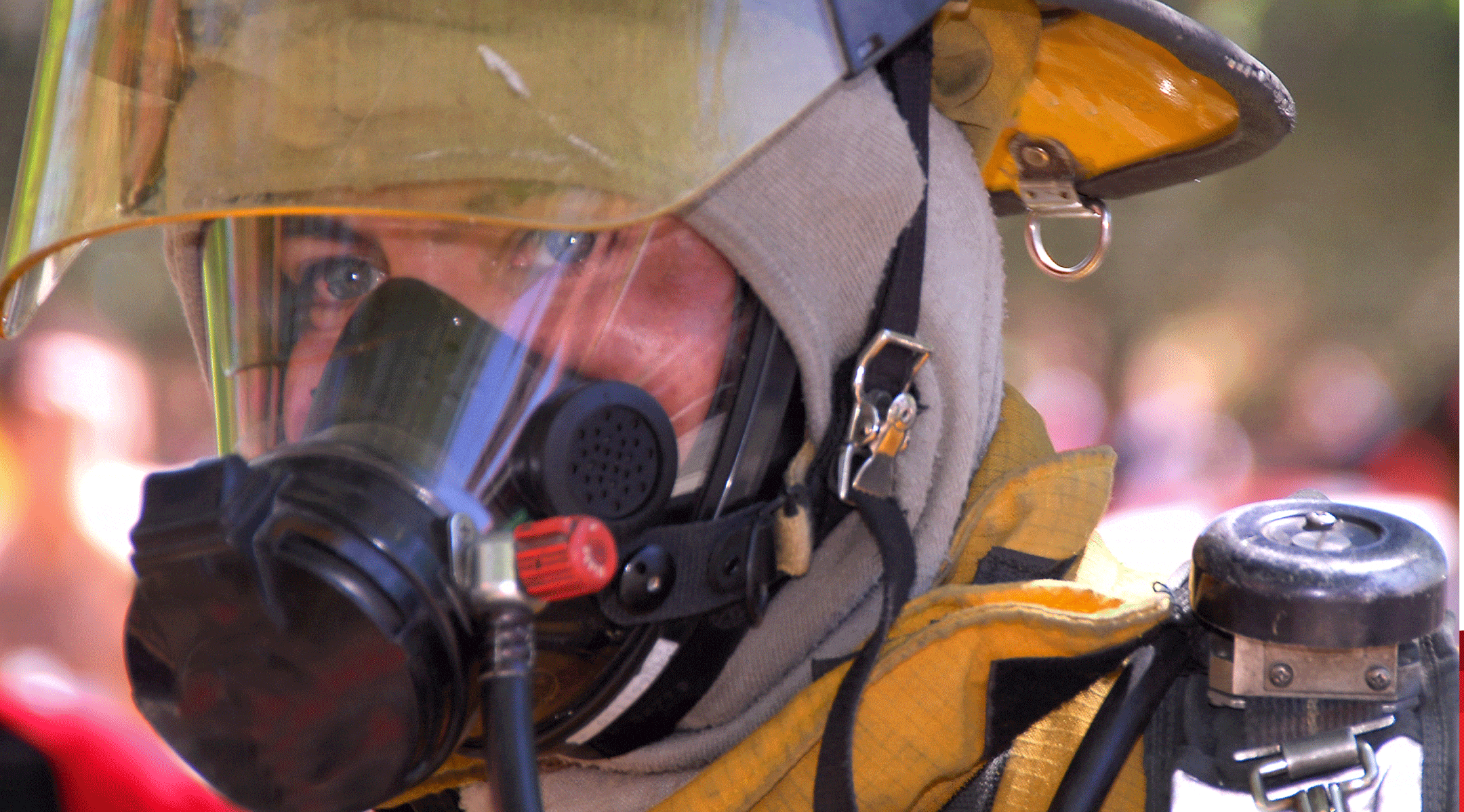Known for its high exposure to risks, the oil and gas industry is one of the most critical industries wherein workers’ safety is put as a priority. From drilling to transportation, workers face hazardous conditions that require quick thinking and sharp-witted decision-making. To mitigate these risks, simulation training has emerged as the ultimate solution for preparing workers to handle challenging scenarios safely and effectively.
Tech-based solutions that replicate real-life circumstances are used in simulation training to create a realistic and immersive experience allowing workers to mould emergency response skills and knowledge without endangering themselves or others. The Basic Offshore Safety Induction and Emergency Training (BOSIET), for instance, illustrates best real-life simulations for oil and gas professionals. Encapsulating Offshore Safety Induction, Sea Survival, Helicopter Safety and Escape and Firefighting, BOSIET aims to boost professionals’ response to crises and adaptation to work in hazardous areas.
The Evolution of Simulation-Based Training:
In the past, workers had to learn on the job the hard way, which meant that mistakes could have catastrophic consequences. One of the most significant benefits of simulation training is the ability to replicate high-risk situations. With simulation training, workers can practice and forge their skills in a safe and controlled environment. They can learn how to respond to a blowout, an oil spill, or a gas leak without putting themselves or others at risk.
Another cutting-edge advantage of simulation training for this specific field is the ability to provide feedback on a real-time basis. During the training session, trainees can receive instant feedback based on their performance, adaptation and response time. They can see how their actions impact the situation and adjust their approach accordingly. Such a process is critical in helping oil and gas professionals understand the consequences of their actions and learn from their mistakes during crises.
Tailor-made simulations are also another brilliant facet of this type of training. As a matter of fact, training situations can be customised to individual operations or facilities, allowing workers to upgrade their crisis management skills and gain more expertise relevant to their job and field. With this being said, simulation training customisation boosts employees’ readiness while dealing with issues they are likely to face on the job.
Long-term and Consistent Investment:
While this type of training seems to be overpriced, it is cost-effective in the long run. In fact, as much as offshore training does require an initial investment in certifications, equipment and software; it unquestionably helps with reducing the high cost of accidents and mistakes. Workers who have been trained in simulation environments are more likely to make the right decisions in high-pressure situations, which can save companies money on repairs, downtime, and liability claims.
In a nutshell, not only is simulation training an effective method for preparing employees for high-risk oil and gas operations, but so is it beneficial for aviation, healthcare, emergency services, manufacturing, construction and transportation workers. It simulates real-life events, enhanced by quick and consistent feedback. Since simulation training is extremely customisable, unlike other training, it has the potential to minimise the risk of accidents and mistakes. As the oil and gas business evolves, simulation training will become more crucial in assuring worker safety and effectiveness.

